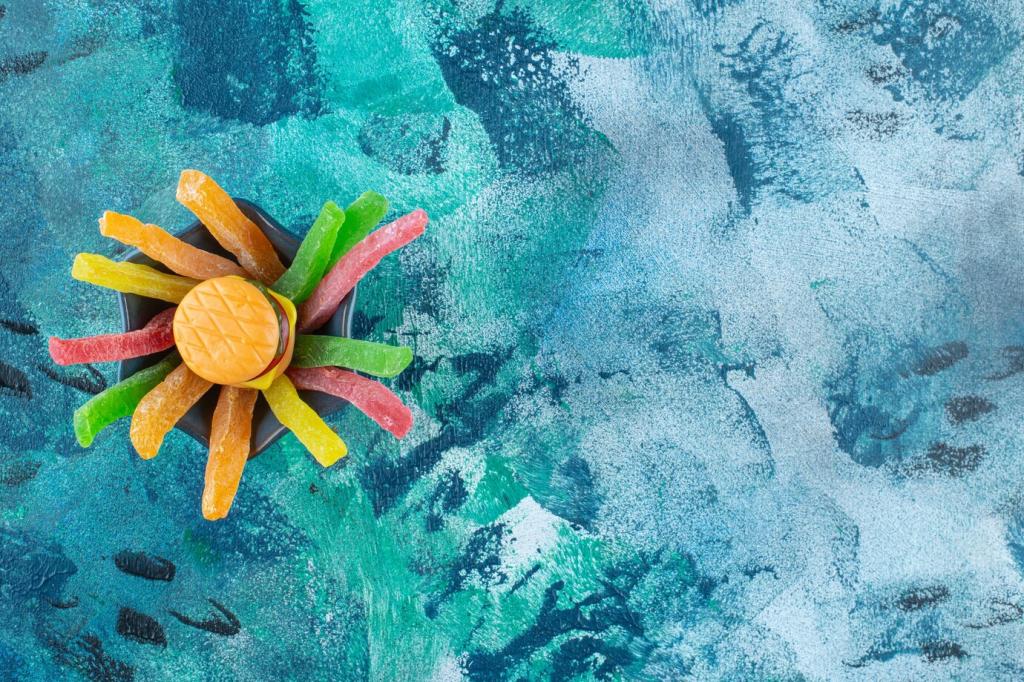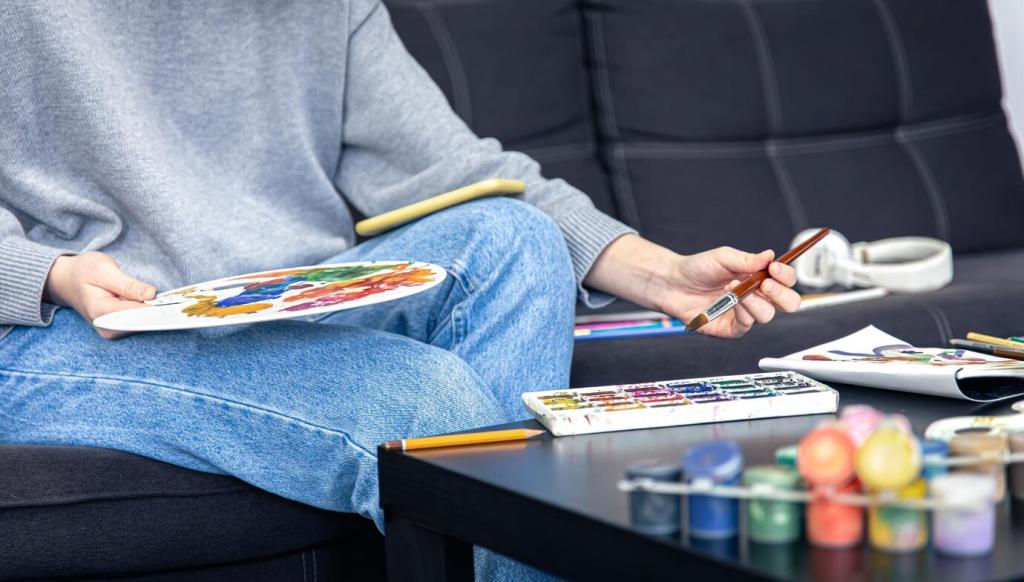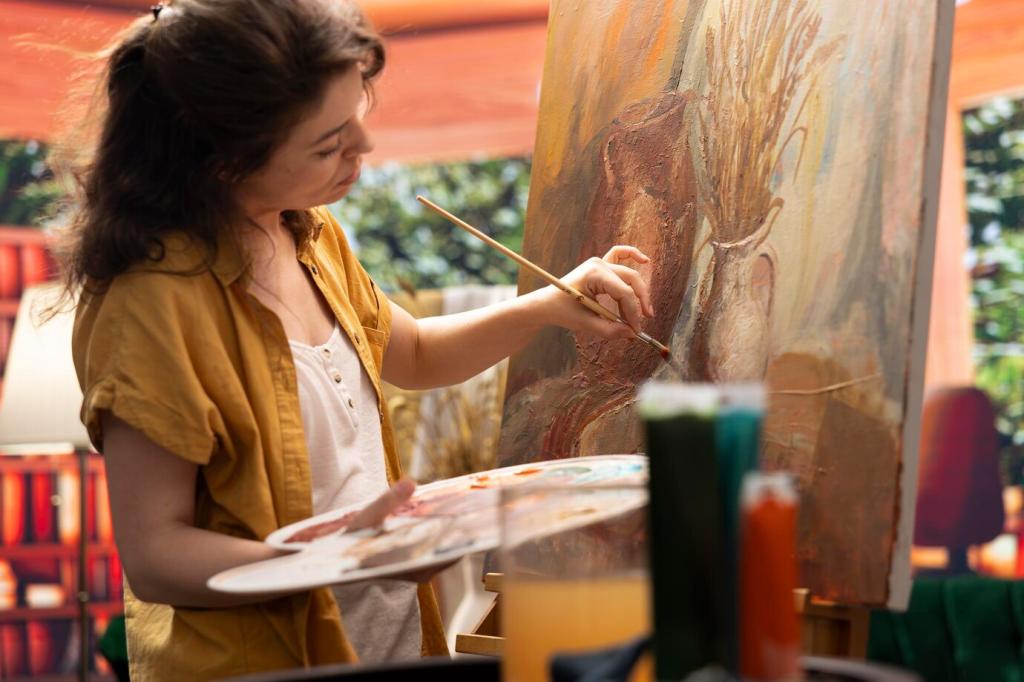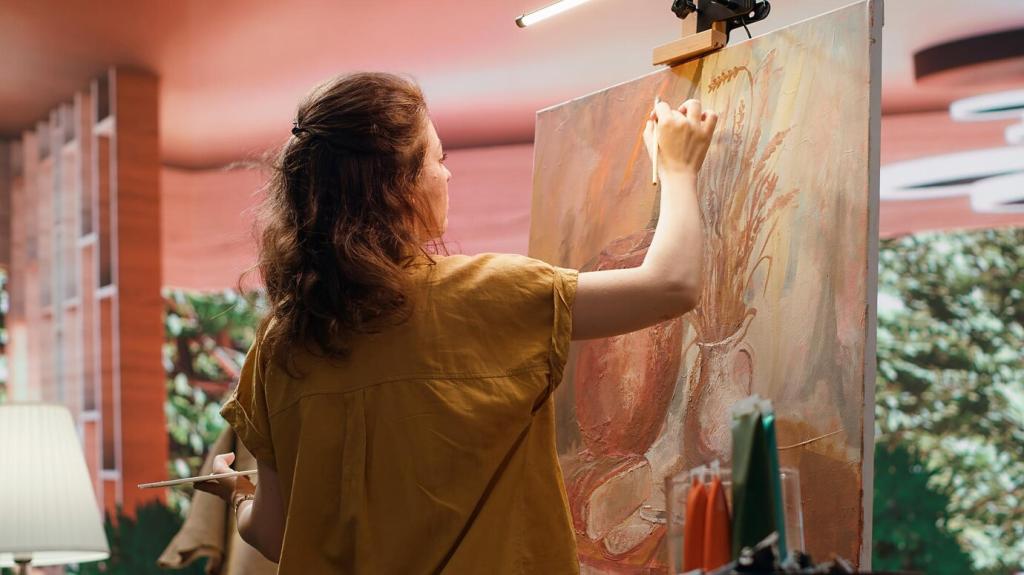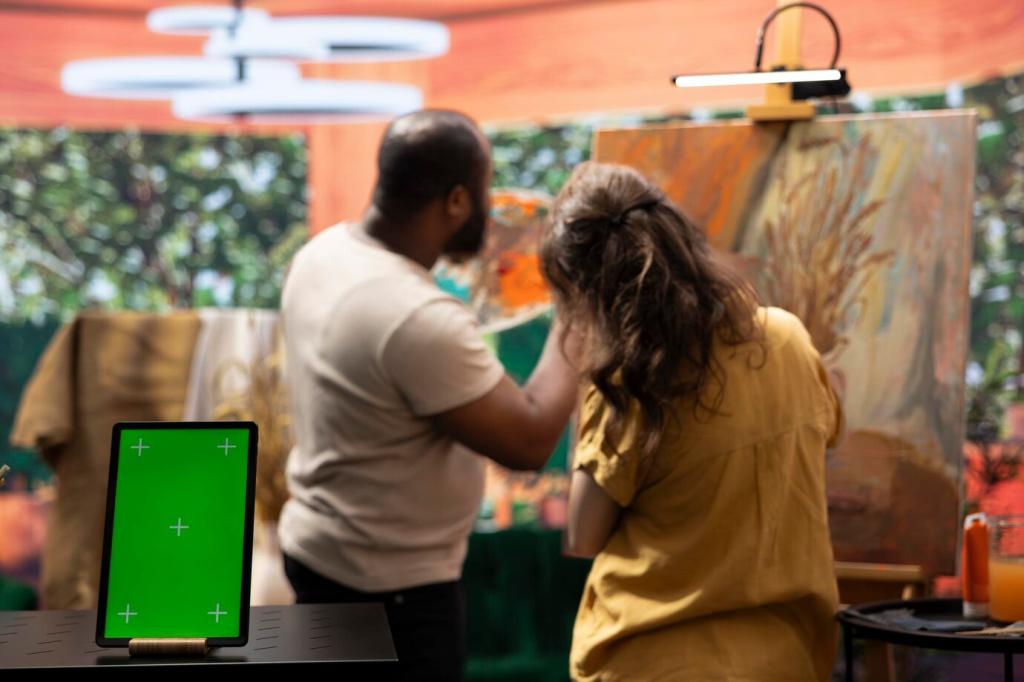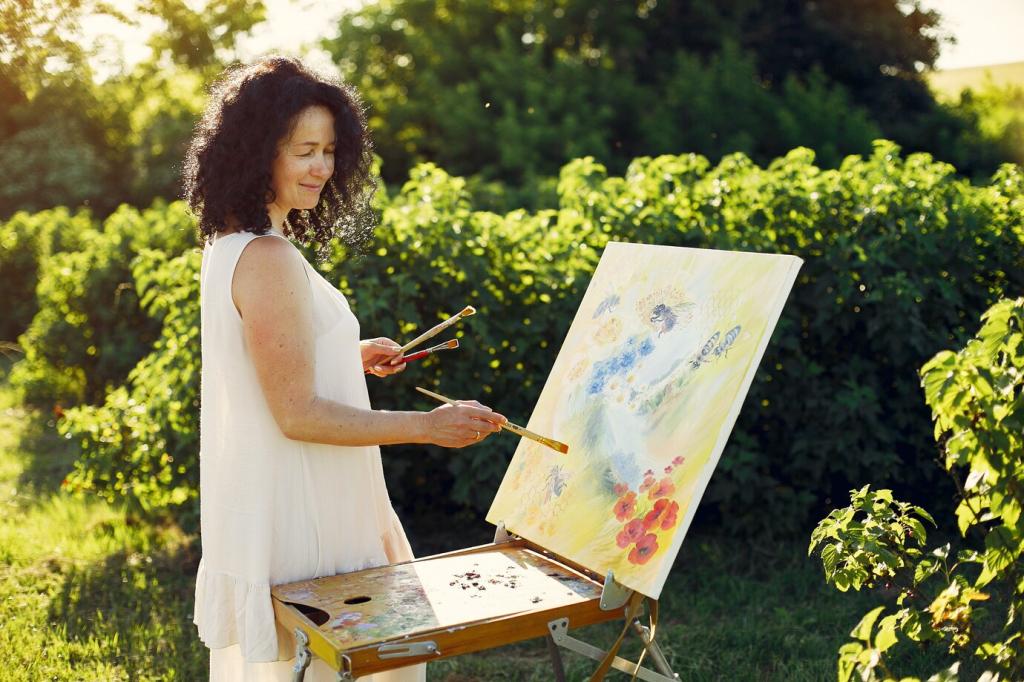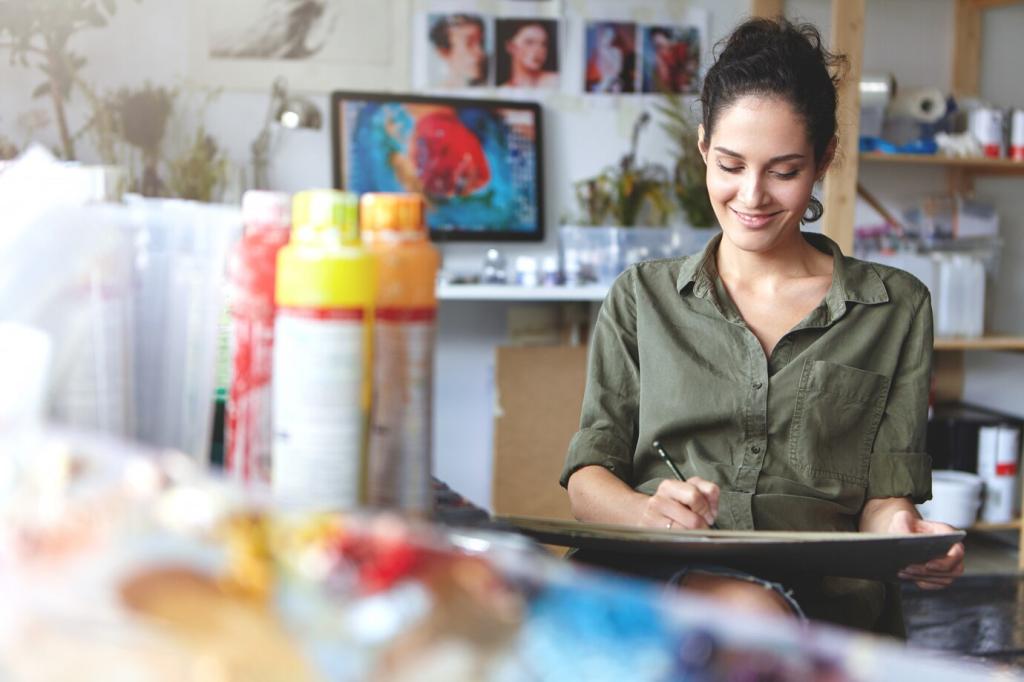Entrances, Outdoors, and Pathways
Place a simple Acknowledgement of Country statement near the door, and style with natural materials—timber bench, woven basket, dried native flora. Keep any licensed artwork out of harsh sunlight. Invite guests to learn about local Traditional Owners. Post your wording ideas for community review.
Entrances, Outdoors, and Pathways
Use curved paths, stones, and plant groupings to suggest gentle movement and gathering—without appropriating symbols. Let benches face views for quiet reflection. If adding outdoor art, ensure weather-safe framing and permissions. Share a sketch of your path layout for feedback on flow and rest points.

